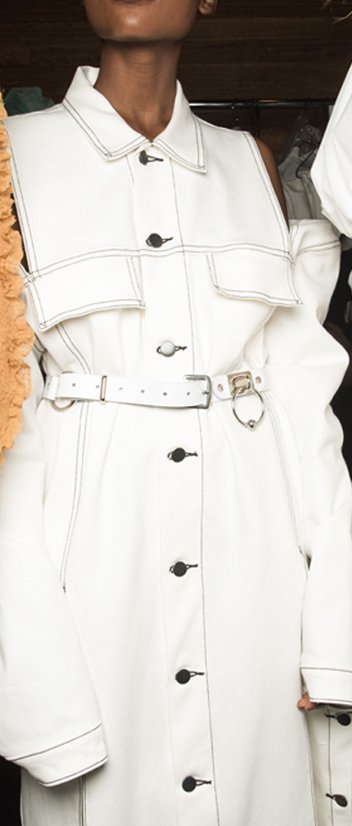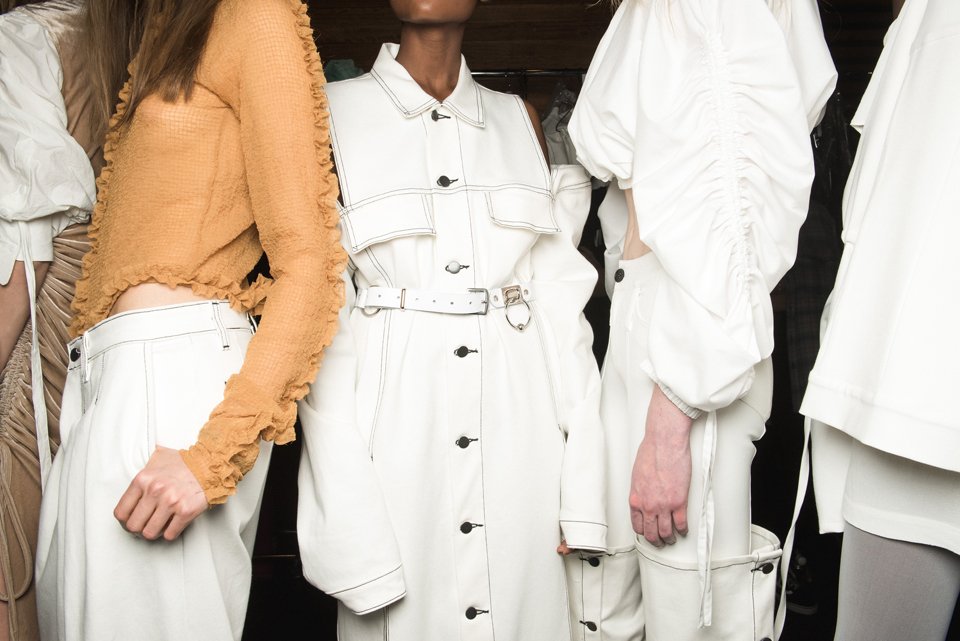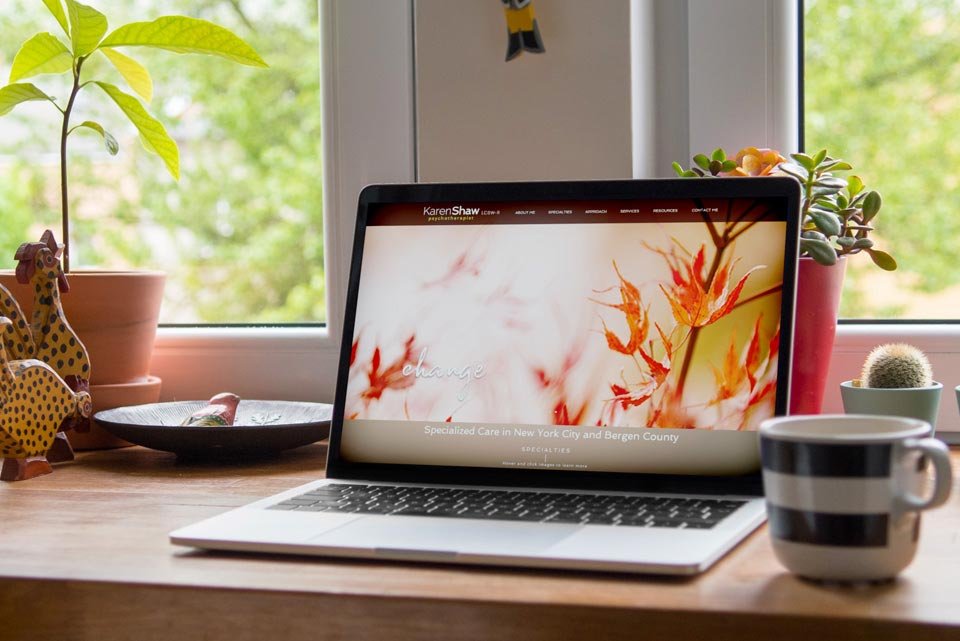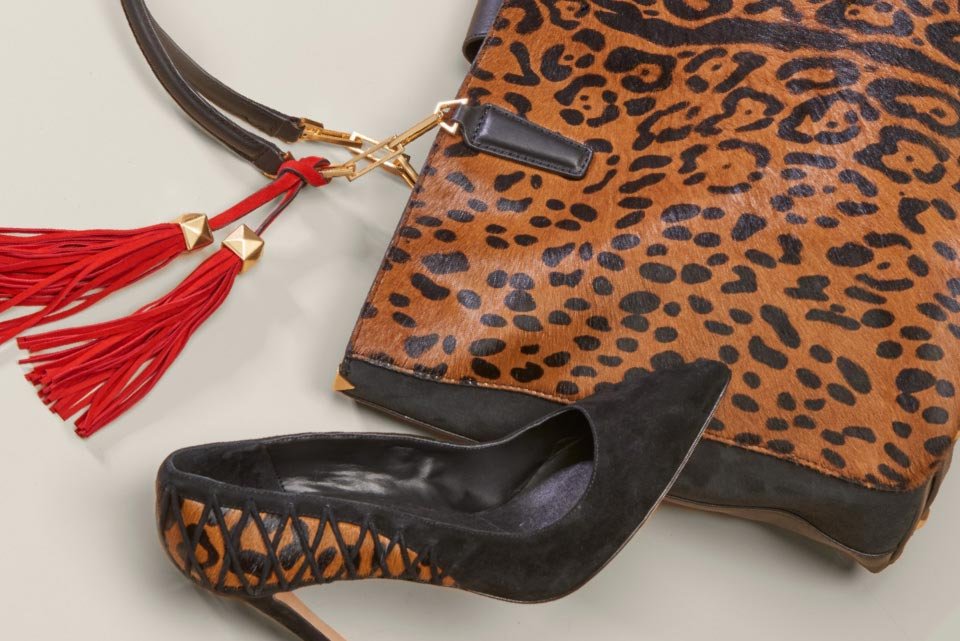
Top 10 Tips For Launching A Successful Fashion Brand
You are passionate about fashion. You want to launch a fashion brand or clothing line, but you don’t know how to make it successful. To make your dreams come true, you need to take into account all the details. Launching a Successful Fashion Brand is much more than designing great product.
Below we list out the top 10 tips for launching a successful fashion brand.
1. research, RESEARCH, RESEARCH
While there is no guarantee that your product will sell, there are ways to tap into what people might be looking for by researching the market, your competitors, and current/upcoming fashion trends. In fact, one of the most important aspects of starting and running a successful fashion brand is research. Trend Forecasting and Market/Competitor Research are key components to planning any successful collection.When researching for your fashion brand, you’ll want to answer some important questions like:
Who are your competitors?
What are their price points?
What are your competitor’s best sellers?
2. Find your niche and develop your brand direction
You’ll want to spend a considerable amount of time finding your niche and developing your brand direction. Some may consider this a business plan.This is really important because it will not only set the Ask yourself some important questions like:What are your ultimate Goals?
What other brands do they carry, and what’s missing?
Why will a consumer choose your product over another?
How can you differentiate from your competitors?
How do people perceive your brand?
Who is your target customer?
What are the key messages of your brand?
How would you describe your collection’s aesthetic and style?
If you can answer these questions, you’ve already laid out a great foundation that will not only set the tone and direction for your first collection and future collections, it will also serve as a foundation for marketing campaigns. Once the core questions about your brand and essence are answered, you can begin to develop your brand identity, logo, and brand messaging.3. Know your customer
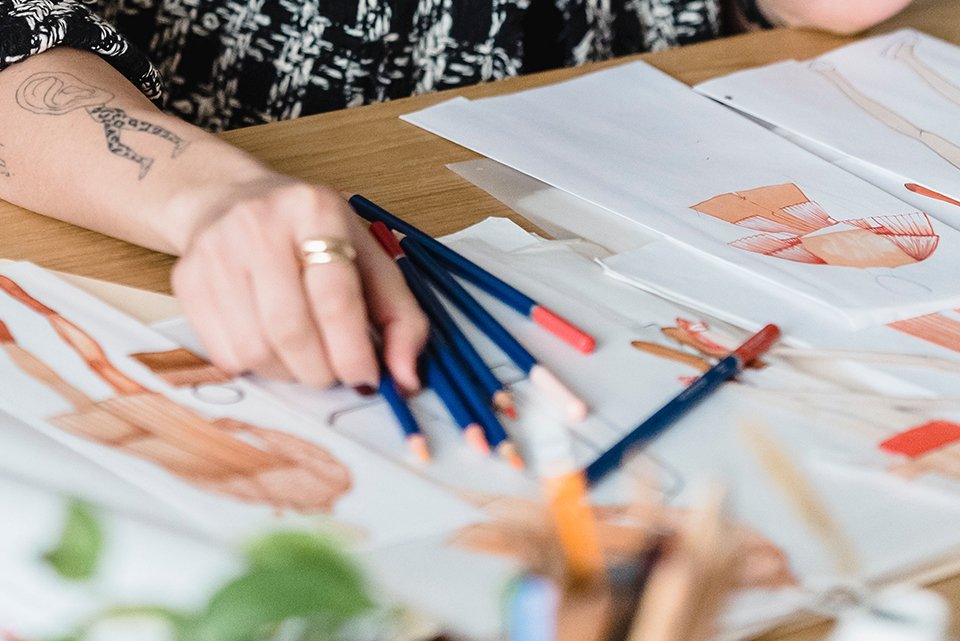
4. DESIGN: SKETCHES AND TECH PACKS
5. Find a GOOD manufacturer TO MAKE YOUR PRODUCT
Depending on your product, it may be possible to find a manufacturer locally, though prices would likely be higher to produce each piece than manufacturing abroad.
6. UNDERSTAND the market
Whether you plan to sell online or IRL, understanding the market (or not) can make or break your brand. For example, The US market for fashion is very different from other markets. The population of the US is large and diverse, and this diversity has a huge influence on the country’s shopping habits. Moreover, brands and styles that work in America may not necessarily be successful in other parts of the world as there are many cultural differences to take into account when marketing clothing internationally.
Even within the US, there are different climates and demographics that need to be taken into account when launching your brand.
7. establish your price points
One of the most common questions is, How do you determine price points for your brand?
When establishing your costs, it’s important to go back to your market and competitor research and note where your product will sit and what brands it will sit with.
If you plan to compete in the premium market, your customer expects to pay a higher price for items with greater (perceived) value. The premium customer is more concerned with quality and value, than price.
Mass-Market consumers are typically more price conscious, and may compare your product to others, in terms of price, style, (quality is still important here too, or your product won’t sell).
If you are selling your product to department stores or other retailers, they will expect to make a certain percentage (which can range from 50% – 70% on average). Depending on the retailer and your agreement, you may also have a margin guarantee, which means if your product doesn’t sell at full price and they have to discount it, that you will be giving back money (out of your profits), back to the retailer to help bring up their margins on your product. This doesn’t happen with every retailer, but it’s important to be aware of the terms of your vendor agreement with your retailer, so you can factor this into your cost.
Selling your product directly on your brand’s website is a key way to not only gain brand exposure, but also increase your margins, since you essentially go direct to consumer and capitalize on both wholesale and retail profits.
8. market your brand and product
You’ll need to spend considerable time and money developing brand awareness. This involves developing marketing strategies, developing your online and offline presence. Think about how you are going to let people know that your fabulous product (and brand) exists. Establish an online presence by creating a website and building up your social media accounts (Instagram, Facebook, Pinterest) before your production is complete, so you are ready to immediately sell and market your product once it’s ready.9. Set realistic sales and distribution goals
Don’t be afraid to partner with a fashion industry professional to help with this (or any) step.
If you can hit your sales goals, you can continue to grow as per your business plan.
Find wholesale buyers who will stock your clothing line in their stores or online shops, so that it can be sold and marketed globally. Also find out if they offer any marketing support such as email campaigns about upcoming sales and new product launches
10. look for investors and partnerships
Manufacturing is expensive. To produce and grow your collection, you are likely going to need an investment partner to secure capital to launch your brand.
Of course it would be nice to own 100% of your business and keep all profits. But once your business starts to scale up, most business owners need access to more capital. Taking on a partner who can provide capital in exchange for a percentage of future revenues is the typical way of doing this.
Ready to start your brand?
Whether you’re starting a new business or a fashion industry veteran looking to outsource a portion of your work, Thread and Butter Design Agency has hundreds of years of collective experience to help you accomplish your goals. We’ve built a great team of stylists, photographers, fashion designers, graphic designers, trend experts, product developers and marketing gurus ready to help you launch or elevate your brand.
Schedule a Free Consultation and we’ll have you running a successful brand in no time.
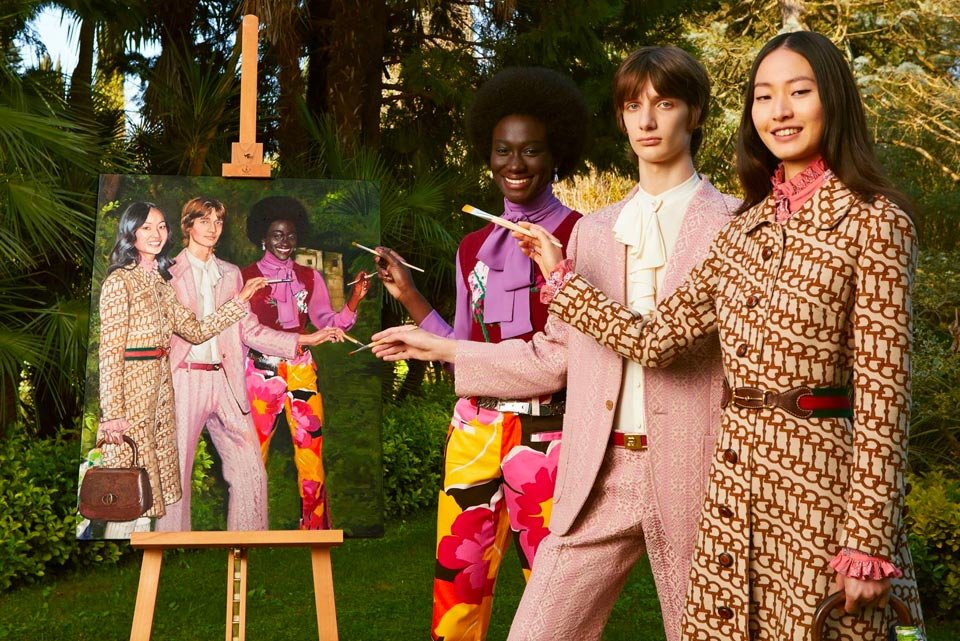
#productdevelopment #productdesign #branddevelopment #packagingdesign #howto #howtolaunch #fashionbusiness #fashionblogger #fashiondesigner #handbagdesign #handbagbrand #launchingasuccessfulbrand #keystosuccess #fashionbusiness #fashionbusinesstips #fashionbusinesshowto #fashionindustrysecrets
About Us
Thread & Butter takes inspiration from trends around the world and delivers thoughtful, creative design solutions with a whimsical and eclectic attitude. Our work is exciting, demanding, outstandingly creative, and strikes a delicate balance of being of the moment, yet timeless. We are the thread that connects your brand to the world, seamlessly.
See our work

NYC’s Top Design Agency
Connect with us to find out how we can help take your brand to the next level. . .
Read more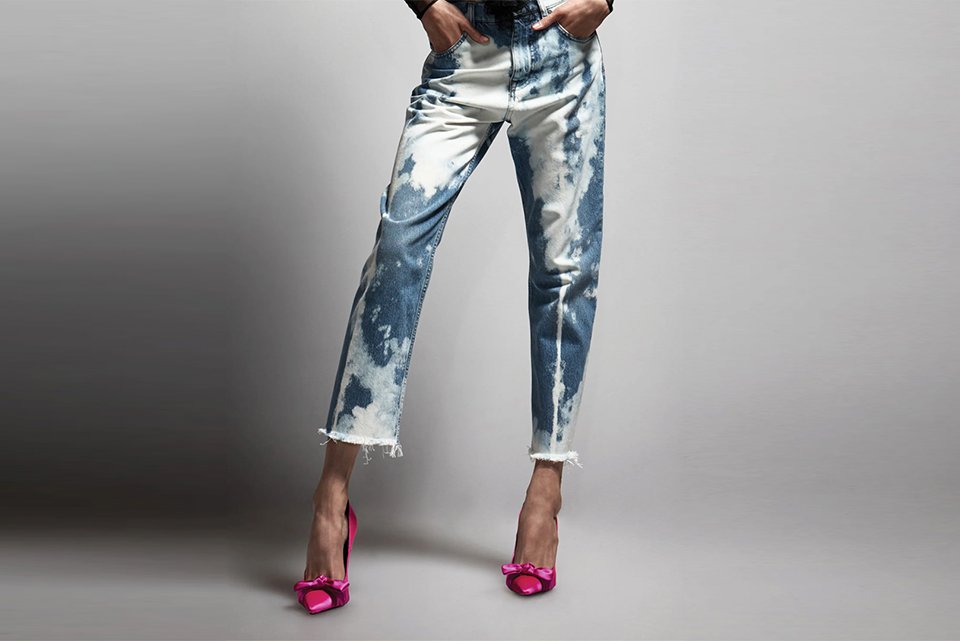
The Perfect Friday Outfit
some friday inspo….we 💗 the graphic mix of acid wash denim with hot pink #stilettos 👠 – courtesy of Tom…
Read more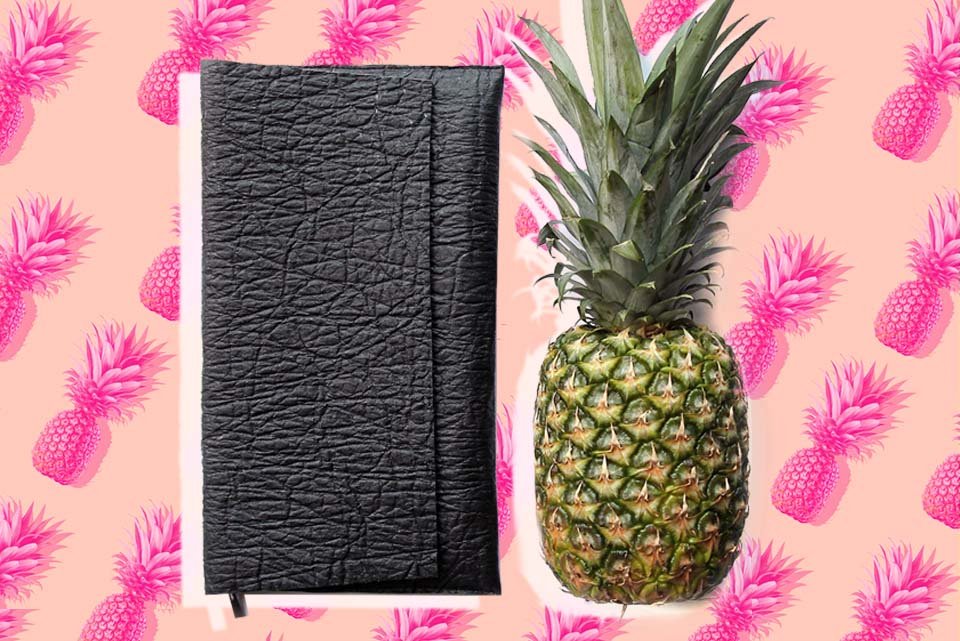
Vegan Leather Alternatives
Fashion companies aim to source at least half of their products with sustainable materials by 2025. We highlight some of…
Read more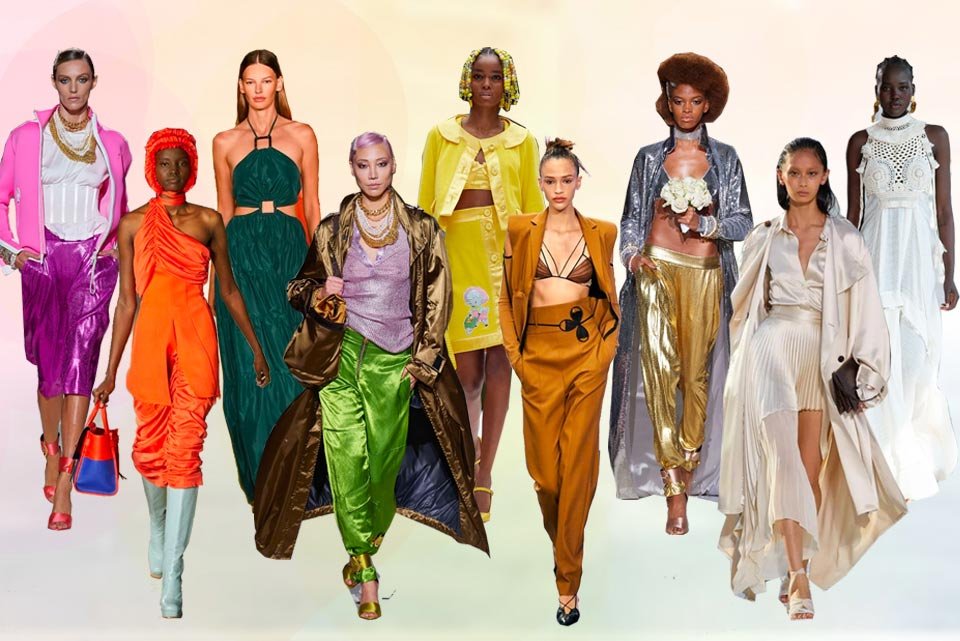
Spring 2022 Runway Color Trends
The Spring 2022 Runway Shows presented a mix of Color Trends including optimistic, dynamic colors and serene neutrals and pastels.…
Read more
Gucci Launches Online Concept Store
Gucci has become the latest amongst Fashion Brands experimenting with UI/UX design to enhance digital experiences and online shopping, with…
Read more
Upcoming Spring 2022 Accessory Trends
The accessories market is booming, allowing for designers to get creative (and weird) on the Spring 2022 Runway Shows. Here…
Read more
